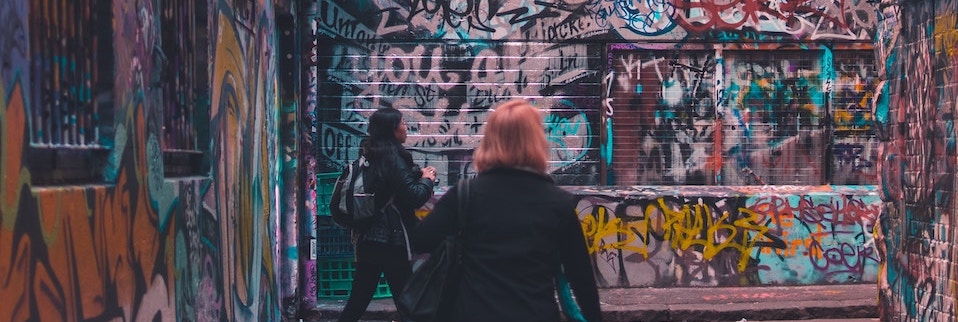
Not all learning is formal, via classrooms or online modules. Therefore, taking a broader view about education is a way to empower teachers, students, and society. With that in mind, when considering that most of us are part of a capitalist system, one can easily assume that advertising has by-and-large educated the masses to believe in the promise of “I buy therefore, I am”.
In fact, in media studies, mediatization is a theory that argues that the media shapes and frames the processes and discourse of political communication as well as the society in which that communication takes place. As a consequence of this process, institutions and whole societies are shaped by and dependent on mass media.
In this sense, reframing advertising from the promotion of conspicuous consumption into a regenerative force accelerating sustainable development could prove quite instrumental in forming the generations having to design the promise that will redefine our social contract.
This is less about sharing messages of sustainability and more about deploying media in a circular, sustainable way, minimising waste as well as delivering new utilities, where consumption has been making its biggest impact (good and bad) – in cities.
Although cities only occupy 2% of the Earth’s landmass, it’s where 75% of resource consumption and the majority of brand communications are concentrated. Due to increased demand for ever more comfortable lifestyles, the existing urban infrastructures have been feeling their “growing pains” for decades now. But what most fail to notice is that our global media and advertising infrastructure also comes with a toll. In the UK, for instance, advertising is responsible for 2 million tonnes of CO2 emissions annually, equivalent to heating 50% of London’s social housing.
Radical innovation is required to turn the tables. Using brands’ touch points as more than mere messengers by supplementing public utility services or enabling new income streams and creating shared value for citizen-consumers is the way forward. I coined this Urban Brand-Utility, an approach that can meaningfully and profitably reconnect people with the public and private sectors.
For example, Indian energy company Halonix communicated its brand through LED billboards that lit up at night making streets safer. This campaign had three main impacts: it supplemented Delhi’s energy grid, it alleviated the police force, and is now helping remove the city’s stigma around sexual harassment. The success has been amplified by the citizens who have explicitly requested that the campaign be rolled out nationally. By creating new meaning in an unprecedented way Halonix achieved the feat of de-commoditizing energy and bypassing enduring price wars.
From an education standpoint, a key insight from this campaign is the fact that behaviour effectively changed as a result of changing the context (brightening dark streets) as opposed to asking criminals to stop committing crimes. Considering we live in a participatory culture, a term coined by MIT media scholar Henry Jenkins, this represents a massive opportunity for advertisers to reinvent their rules of engagement and turn consumers into collaborators.
An interesting civic engagement campaign that has recently gone live is New York City’s Participatory Budgeting, through which New Yorkers will decide how to spend $1,000,000 of the public budget. This means that the same touchpoint used to communicate is also used to enable the action it asks audiences to undertake; a paradigm shift where advertising can finally walk its talk.
The company behind the “voting outdoor panels”, Intersection, started up by repurposing New York City’s now obsolete pay phones as totems offering free broadband Wi-Fi connectivity to residents and visitors, and media space for advertisers. Besides supplementing New York’s broadband network and now enhancing civic life, by unlocking new value from underutilised assets the City of New York has projected an incremental US$500 million in ad revenue as part of a 12-year contract.
Media and advertising have powered a linear economy that is now facing severe challenges. The strategic opportunity is to bend the line and turn the existing infrastructure into new utilities that benefit all parties involved and educates everyone in the value-chain. Markets, choice, and competition are not just a consumer’s best friend, but their political representation and live education.


